Bryce Canyon National Park is one of the most beautiful attractions in the continental United States. Located in southwestern Utah, Bryce Canyon National Park is relatively close to both Zion and Grand Canyon National Parks. However, Bryce Canyon National Park is much smaller than both of its neighbors, which makes it a bit of a hidden gem for National Park fans.
Bryce Canyon National Park is most famous for its enormous rock amphitheaters, but it is also a haven for a number of interesting wildlife species. We’ll tell you about some of the most noteworthy species that call the park home and provide a few tips for seeing as many animals as possible.
The Birds of Bryce Canyon
Bryce Canyon National Park is home to at least 175 interesting and beautiful bird species.
Bryce Canyon National Park may not be widely hailed as a bird-watching paradise, but it certainly provides many opportunities to see an array of species. You’ll see plenty of familiar songbirds, including robins and sparrows, but the park is also home to an assortment of other birds, including woodpeckers, Stellar’s jays, and interesting swallows. The beautiful violet-green swallow, for example, is often seen by visitors.
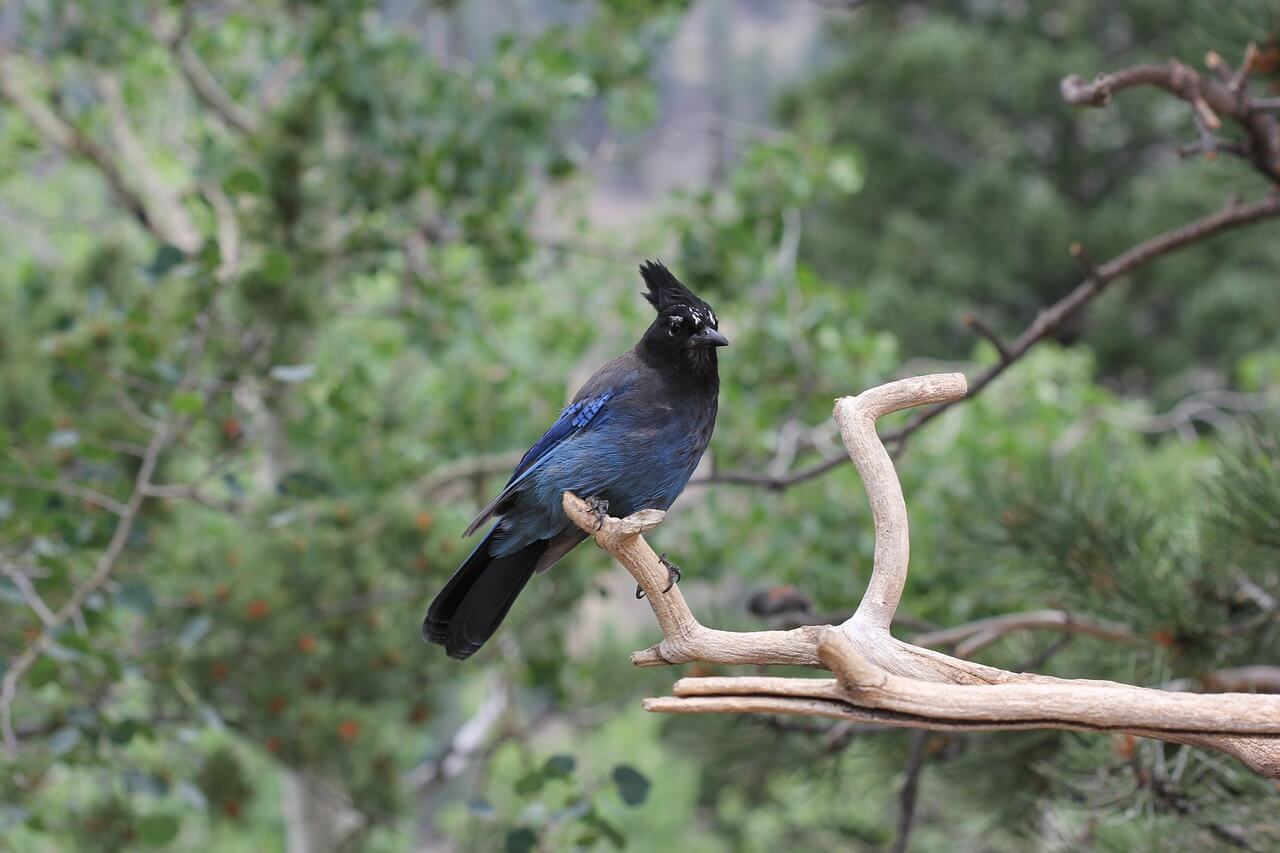
However, some of the most noteworthy bird species that frequent Bryce Canyon National Park are the birds of prey. For example, ospreys hunt the park’s rivers, while peregrine falcons catch other birds on the wing near the park’s high cliffs. But the most notable species in the park is likely the California condor, who nearly became extinct in the 20th century.
Coyotes and Cougars: Predators of the Park
Bryce Canyon National Park is home to two primary predators, but you’re more likely to see one than the other.
Predators are important for every ecosystem, and the rocky amphitheaters of Bryce Canyon are no exception. In fact, most habitats have several resident predators, who feed on different types of prey.

For example, the coyotes that live in Bryce Canyon typically feed on very small prey. This includes rodents, snakes, lizards and rabbits, although they may occasionally hunt larger animals. By contrast, the park’s resident cougars primarily subsist on the mule deer who live within the park, as well as the elk and pronghorn antelope, who occasionally pass through its borders.
Unfortunately, you’re highly unlikely to see cougars while visiting Bryce Canyon National Park, as they’re quite secretive. On the other hand, coyote sightings are relatively common. Coyotes have learned to live closer to humans than many other predators have, so you may catch glimpse of them hunting near roads or building within the park.
Reptiles of a Rocky Region
Like many other arid habitats, reptiles are some of the most dominant life forms in Bryce Canyon National Park.
A variety of interesting reptile species live within Bryce Canyon National Park. Lizards are especially numerous in the region, although several snakes also call the park home.
One of the most noteworthy lizards living in the park is the short-horned lizard. Often called a “horned toad,” this ant-eating specialist is gifted with several unusual traits, including a flattened body style which helps them to camouflage in the desert and hardened spikes, which help to deter predators. Additionally, horned lizards have the ability to spray blood from their eyes when attacked by a predator.

Several snakes also live in Bryce Canyon National Park. The striped whipsnake is one of the park’s most commonly seen species. These swift serpents make their living by chasing lizards and insects around the rocky landscape. But while striped whipsnakes are non-venomous and harmless to humans, the park is also home to the venomous Great Basin rattlesnake. Fortunately, this snake tends to be somewhat secretive, and it will not harm humans unless disturbed.
Wildlife Viewing Tips
While Bryce Canyon’s wildlife is plentiful, you’ll need to employ a few important tips and strategies to make the most of your trip.
You’re unlikely to see many animals by simply ambling around the park. Instead, you’ll want to be deliberate and adopt a wildlife-viewing plan that will give you the best chances of seeing different species. Just try to implement the following tips and tricks to help see as many species as you can.
- Watch for wildlife at dawn and dusk. Many of the animals living in Bryce Canyon are most active at dawn and dusk. This is true of many animals (such as coyotes) all year long, but it is especially true in the summer when the daytime temperatures often soar.
- Bring a good pair of binoculars. Several of the park’s most iconic species are very wary of people, so they’ll tend to keep their distance. But, if you bring and use a good pair of binoculars, you can often see these animals quite well.
- Ask the park staff for tips. The park staff is an incredible resource for wildlife lovers, as the team members often know the resident animals very well. They can not only provide you with general tips for seeing animals, but they can also share the location of recent sightings. This will allow you to focus on the most productive locations while watching for animals.
- Concentrate on areas where two habitats meet. Many animals living in Bryce Canyon National Park frequent areas where two different habitats meet, so you should do the same. Take the time to scan tree lines near open areas, as well as riparian areas near streams.
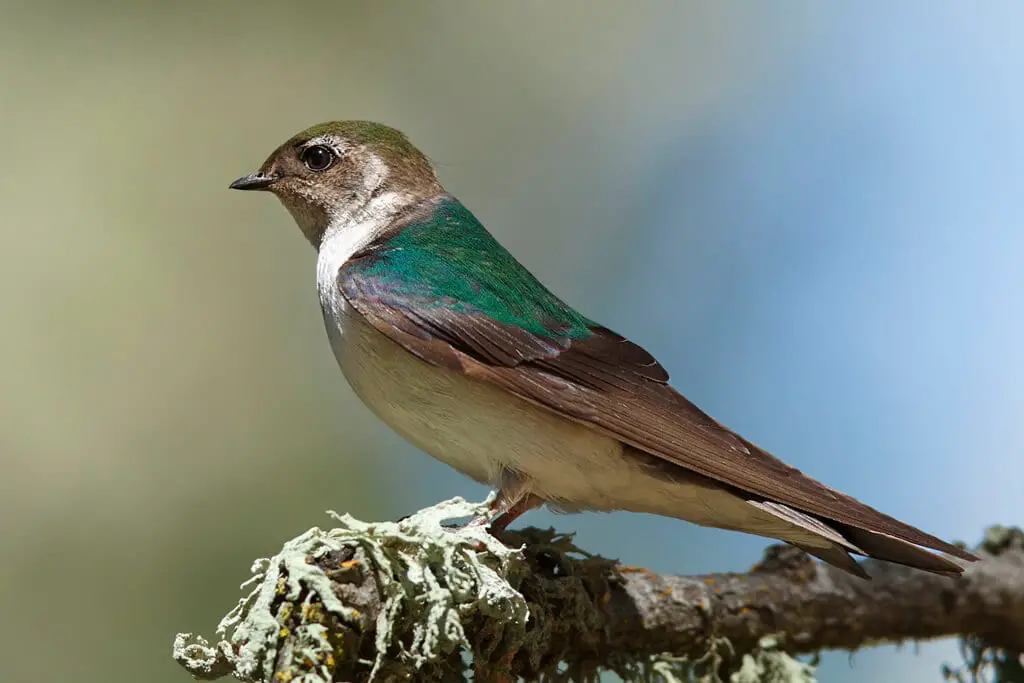
Tell Us About Your Experiences!
Bryce Canyon National Park may not be as famous as some of the other national parks in the country. However, few others provide such a wonderful combination of beautiful vistas and fascinating wildlife species. It’ll also take a bit more effort to reach the park than some others, but most visitors will agree that the park is well worth the effort.
Have you ever visited Bryce Canyon National Park? Let us know all about it in the comments below. We’d love to hear about the wildlife you observed as well as your favorite things about the park.


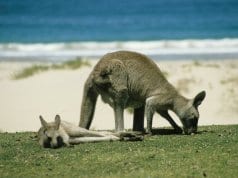
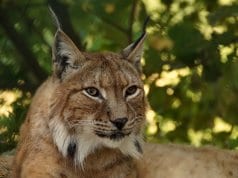
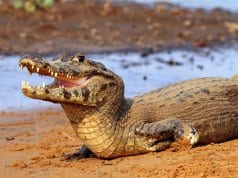
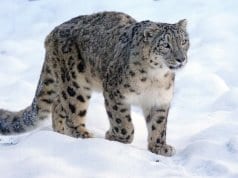
![Red Angus Closeup of a beautiful Red Angus cowPhoto by: U.S. Department of Agriculture [pubic domain]https://creativecommons.org/licenses/by/2.0/](https://animals.net/wp-content/uploads/2020/03/Red-Angus-4-100x75.jpg)

